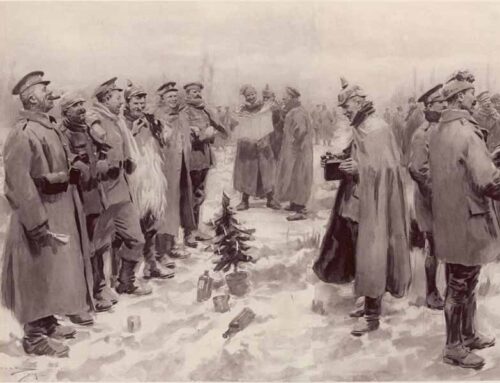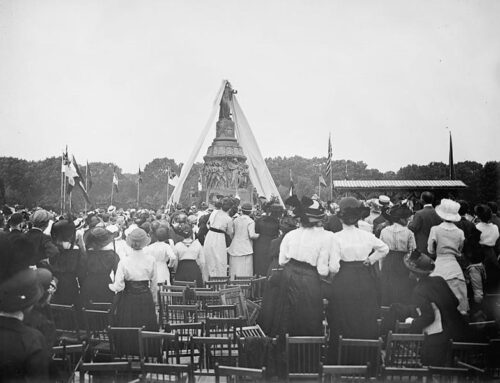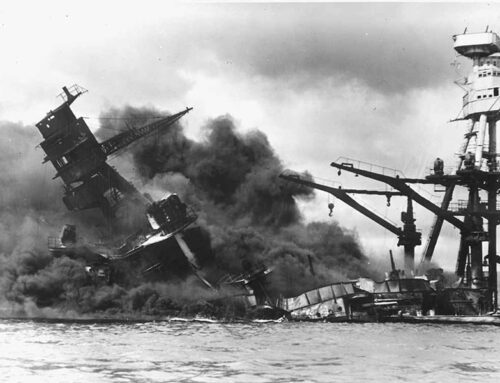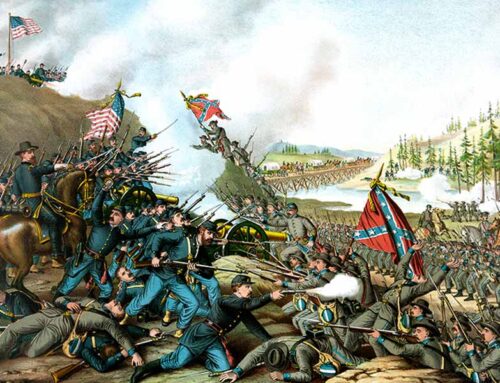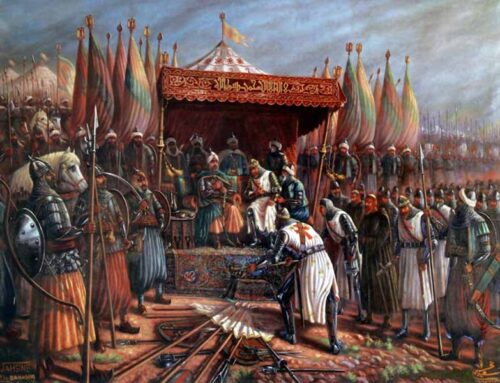“You have not yet resisted to the point of shedding blood in your striving against sin;” —Hebrews 12:4
James Renwick, Last Covenanter Martyr, 1668
![]() pon the “Restoration” of King Charles II to the English monarchy in 1660, after the Commonwealth period of Oliver Cromwell, the persecution of resisters of royal tyranny returned with a vengeance. The first to fall in England were the regicides—anyone directly responsible in some way for the trial and execution of Charles I. In Scotland, the men considered the most uncompromising Covenanters* were targeted first—the Marquis of Argyll, Sir Archibald Johnston of Wariston, and Rev. James Guthrie. For the next twenty-eight years, the names on the rolls of the martyred Scots Presbyterians mounted, as they were hunted by the army and special forces, especially on Sundays, to catch them worshipping in places and ways not prescribed by the government.
pon the “Restoration” of King Charles II to the English monarchy in 1660, after the Commonwealth period of Oliver Cromwell, the persecution of resisters of royal tyranny returned with a vengeance. The first to fall in England were the regicides—anyone directly responsible in some way for the trial and execution of Charles I. In Scotland, the men considered the most uncompromising Covenanters* were targeted first—the Marquis of Argyll, Sir Archibald Johnston of Wariston, and Rev. James Guthrie. For the next twenty-eight years, the names on the rolls of the martyred Scots Presbyterians mounted, as they were hunted by the army and special forces, especially on Sundays, to catch them worshipping in places and ways not prescribed by the government.
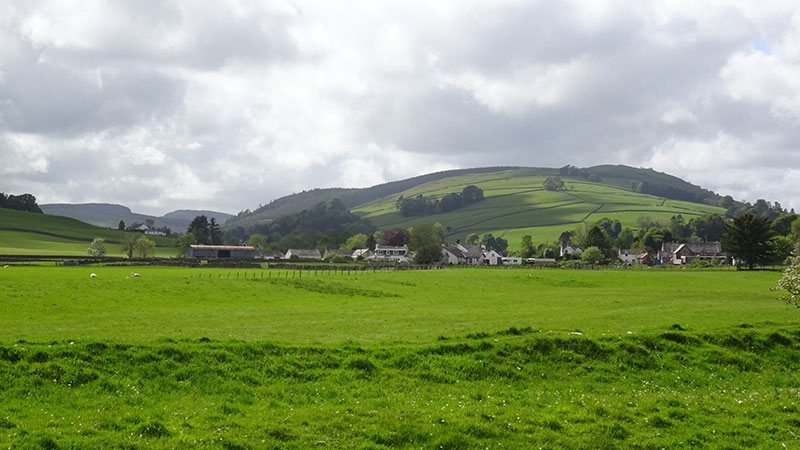
The Scottish village of Moniaive in the Parish of Glencairn, in Dumfries and Galloway, southwest Scotland, birthplace of Rev. James Renwick, Covenanter preacher and martyr
Hundreds were executed for “treason,” that is, not accepting the king as head of the Church. Thousands were killed in battle, accused of revolution for defending their homes, tens of thousands were exiled or banished abroad as slaves. Perhaps up to 18,000 Scots Presbyterians—men, women and children—were imprisoned, tortured, banished or killed, for “the Crown and Covenant of Jesus Christ,“ mostly by fellow Scots serving their English masters. The Rev. James Renwick was the last Covenanter martyr executed in Edinburgh, in the Grassmarket, two days after his 26th birthday on February 17, 1688.
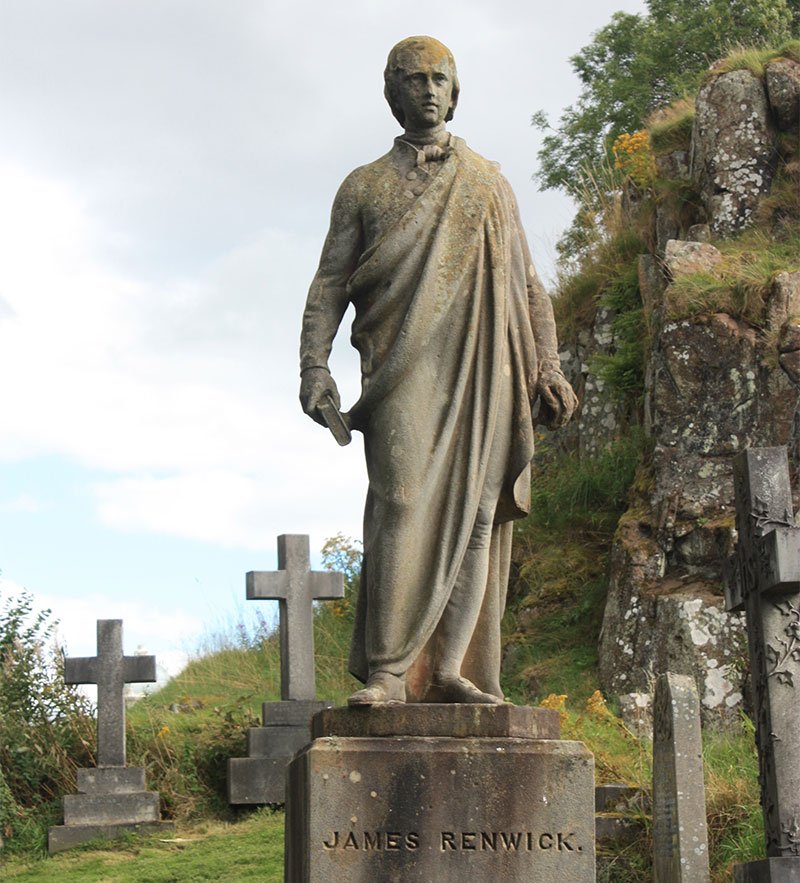
Statue of James Renwick (1662-1688), Valley Cemetery, Stirling, Scotland
James Renwick was born in a cottage of the farm of Knees in Dumfriesshire, the son of a weaver and adherent of the Covenant. His parents trained him well in the faith: he could read the Bible by age six. Renwick worked his way through the University of Edinburgh tutoring the children of local gentry. He failed to graduate because he refused the “Oath of Allegiance,” which implied recognition of the Royal authority over the Church. After he witnessed the execution of Rev. Donald Cargill in July of 1681, Renwick decided he too would adhere to the Covenant. He joined with the “Societies”—illegal Covenanter assemblies. The following year he sailed to Holland, where he received his license to preach from the hands of the Scottish presbytery in exile.

Rev. Donald Cargill (1619-1681) whose martyrdom Renwick witnessed
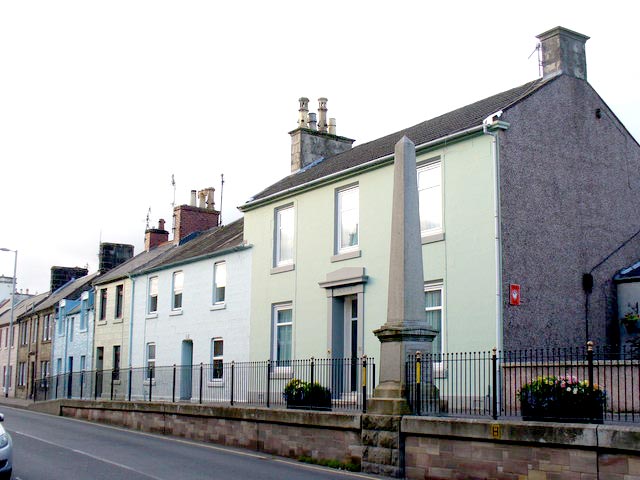
The Sanquhar Declarations Monument in Sanquhar, Scotland, memorializes the Sanquhar Declaration: a speech read by Michael Cameron in the presence of his brother, the Covenanter leader Richard Cameron, accompanied by twenty armed men in the public square of Sanquhar, Scotland, in 1680, disavowing allegiance to Charles II and the government of Scotland, in the name of “true Protestant and Presbyterian interest”, opposition to government interference in religious affairs
Young Renwick slipped back into Scotland and began preaching in Conventicles (illegal worship services) around Lanarkshire, a particular hotbed of Covenanter resistance. Historians believe he baptized more than six hundred children in his brief ministry, their having been denied the sacrament by the government-appointed ministers. James’s name became linked with the most powerful of the field preachers, and a leader of armed resisters, Rev. Richard Cameron, “a preacher with fiery passion.” In 1680, Cameron, with twenty armed men, had published a declaration at Sanquhar, disowning King Charles II as a tyrant, and declaring armed resistance to his attacks on the Kirk. A price of 5,000 Merks was placed on Cameron’s head for treason. Renwick and some two hundred followers issued a Second Sanquhar Declaration in May of 1685, protesting the crowning of James II as King, and accusing him of “murder and being a papist.” With a price on his head, Renwick dodged the patrols and hunters looking for him for three years.
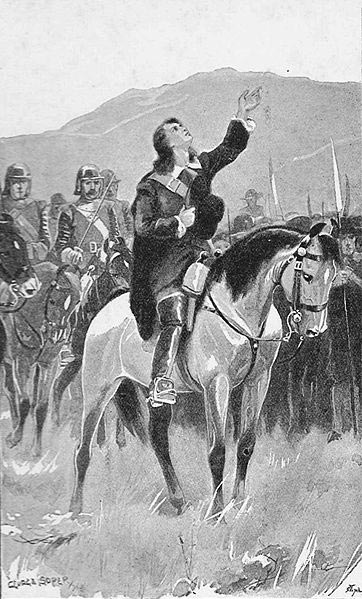
Rev. Richard Cameron (ca. 1648-1680)
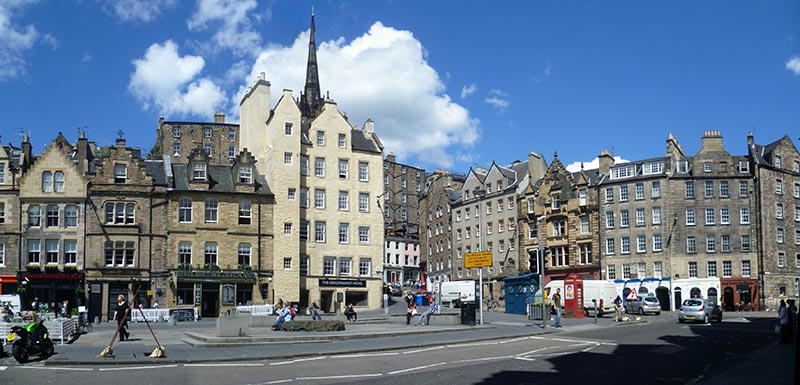
North-east corner of the Grassmarket in Edinburgh where, until 1764, public hangings took place on a spot just to the left of the yellow traffic sign
Nonetheless, Renwick kept up criticism of both the compromising ministers and the Royal authority over the church. He continued to preach at Conventicles, attended by hundreds in the fields and barns. Living out of doors so much broke his health and he had to be carried to some of the meetings of the Societies. In February of 1688, the authorities discovered James Renwick hiding in a home in Edinburgh. Sentenced to death, several reprieves gave his friends time to persuade him to petition for his life, which he refused. On February 17, Rev. James Renwick mounted the scaffold in the Grassmarket before a massive crowd, where he had seen other defenders of the Covenant martyred.

The “shadow of the gibbet” and Covenanter Memorial in the Edinburgh Grassmarket
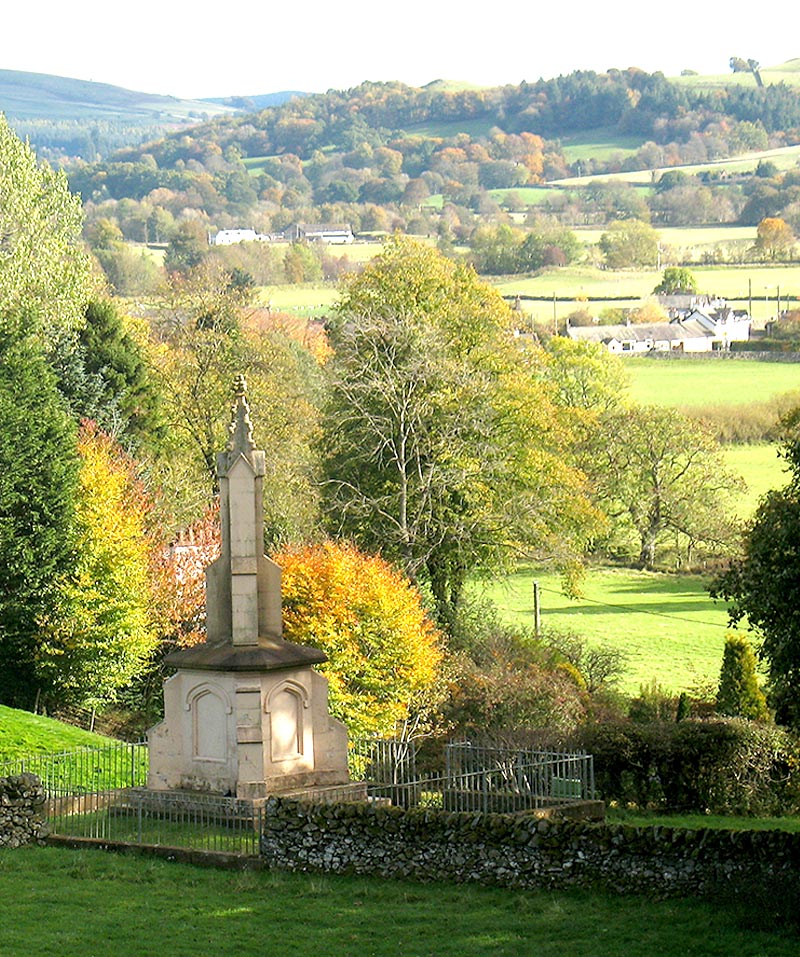
A memorial to James Renwick, overlooking his hometown of Moniaive, Scotland
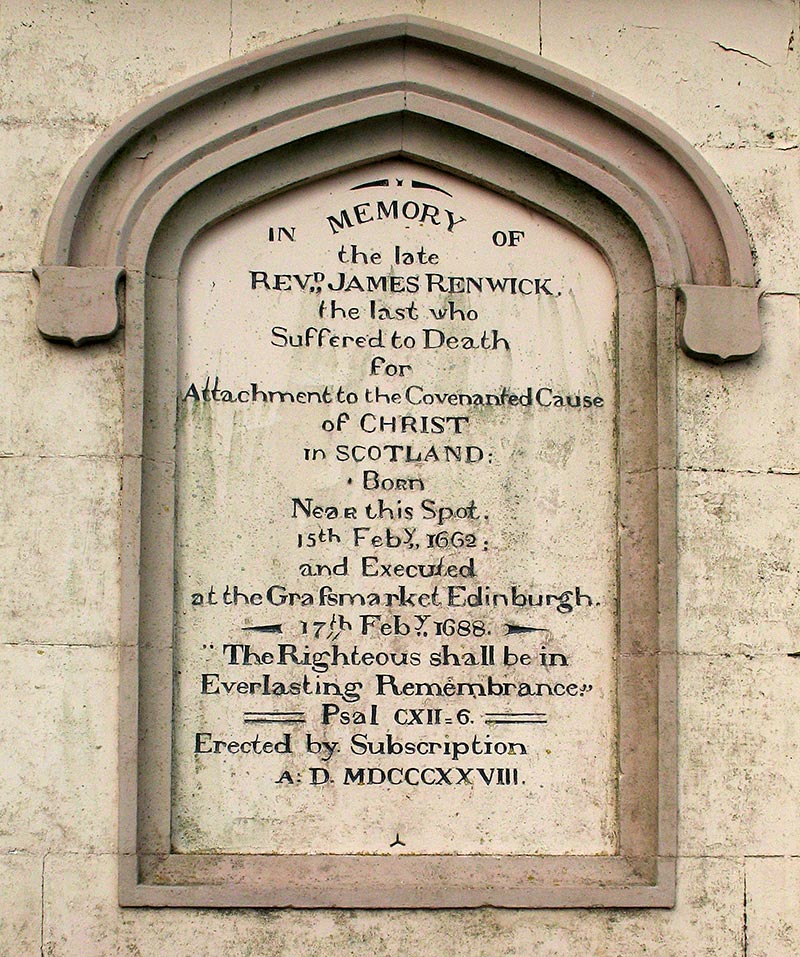
The inscription on the Renwick Memorial, Moniaive, Scotland
On our Lowlands tour of Scotland, we stay at a hotel fifty paces from that very spot, now marked by a memorial to the Covenanters. Renwick’s grave in Greyfriars’ Kirkyard, just up the street, memorializes his life and death, and a fine monument to him stands in the cemetery at the Church of the Holy Rude (which is also part of our tour) in Stirling, near similar memorials to Rev. James Guthrie and the two Margarets of Wigtown, all willing to die for Christ as Head of the Church and Lord of their lives.
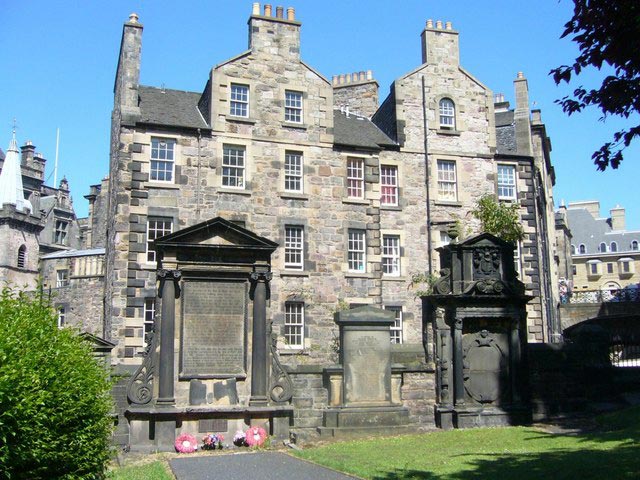
Martyrs’ Monument, Greyfriars Kirkyard, Edinburgh, Scotland, commemorating James Guthrie, James Renwick, the Marquis of Argyll and the other Covenanters who died during ‘The Killing Time’ (1661–88)
*Covenanters were those people in Scotland who signed the National Covenant in 1638. They signed this Covenant to confirm their opposition to the interference by the Stuart kings in the affairs of the Presbyterian Church of Scotland. The Stuart kings harboured the belief of the Divine Right of the Monarch. Not only did they believe that God wished them to be the infallible rulers of their kingdom, they also believed that they were the spiritual heads of the Church of Scotland. This latter belief could not be accepted by the Scots. No man, not even a king, could be spiritual head of their church. Only Jesus Christ could be spiritual head of a Christian church.

The inscription on the side of the Martyrs’ Monument in Greyfriars Kirkyard
Scotland Tour Filling Fast!
Our nation has more ties to Scotland than any nation in the world. For two weeks Bill Potter, Colin Gunn and a host of local Scottish churchmen and historians will lead 35 adventurous souls on an unforgettable providential history tour of the land of the ancient Celts and fiery Covenanters in Scotland. We will follow the history of the Church from Columba—an outcast monk on the tiny island of Iona—through fiery John Knox, Samuel Rutherford, William Guthrie, Richard Cameron and the godly Covenanters who met in the fields and defied tyrannical monarchs to the death. Learn More >

Preacher to the Remnant, The Story of James Renwick by Maurice Grant, Scottish Reformation Society, 2009
Image Credits: 1 Moniaive, Scotland (wikipedia.org) 2 Renwick Statue (wikipedia.org) 3 Rev. Donald Cargill (wikipedia.org) 4 Sanquhar Declarations Monument (wikipedia.org) 5 Rev. Richard Cameron (wikipedia.org) 6 Edinburgh Grassmarket (wikipedia.org) 7 Covenanters Memorial (wikipedia.org) 8 Renwick Monument (wikipedia.org) 9 Renwick Monument Inscription (wikipedia.org) 10 Martyrs’ Monument (wikipedia.org) 11 Martyrs’ Monument Inscription (wikipedia.org)




